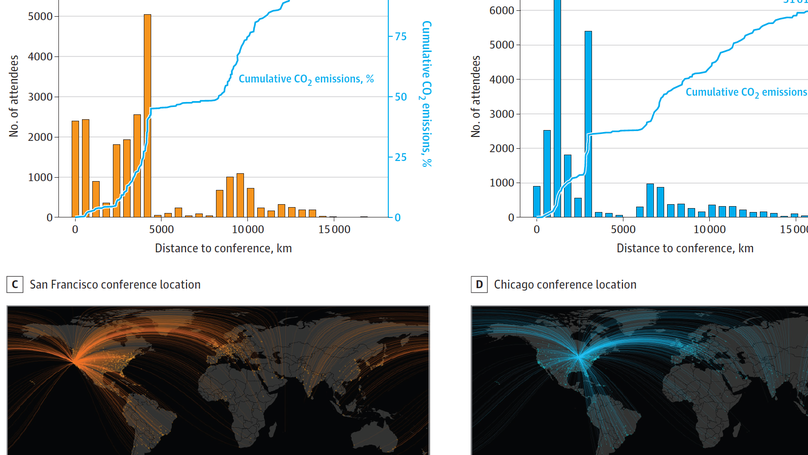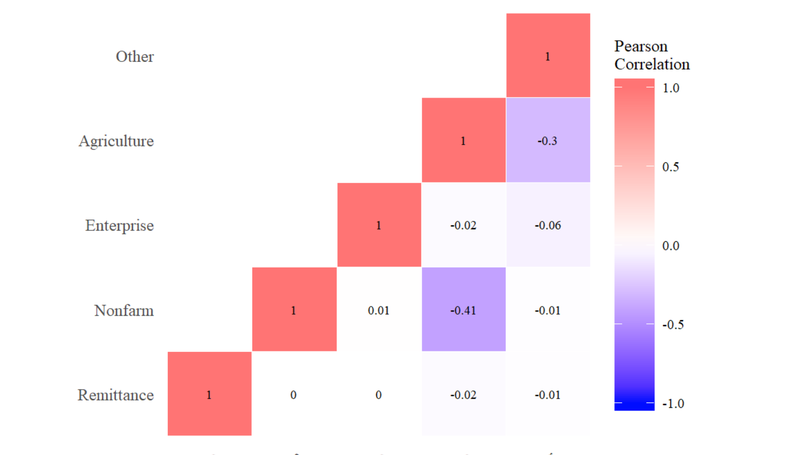Publications

We found the 2019 American Academy of Ophthalmology Annual Meeting was estimated to emit more carbon than what is used to power over 5000 homes in a year. Our research looks at various strategies and finds simply holding the meeting in a different location could reduce it by as much as 19%, other formats may cut it by 38%.

This work examines the flows of rural-to-urban migration in China with a focus on the trail of remitted cash and its role in rural village income inequality. It is the first to decompose rural household income inequality by income factor component using all 5 waves of rural household data available from CHIP (and RUMiC) surveys. Repeated cross section data is used to examine trends of the rural income profile and income inequality. Rural household income inequality is decomposed by factor component through the Gini index, the constant of variation, and the half-squared coefficient of variation. This thesis focuses the lowest and most vulnerable strata of the rural household income distribution with attention to different income sources’ capacity to alleviate poverty, situated within the broader context of Chinese liberalization. Migrant worker remittance flows are framed as spatial links whose proliferation is a co-production of an increasingly liberalized and competitive setting both in rural villages and urban centers of China. Remittance share regressions, analogous to Engel Curve regressions, are run to examine the differential impact of remittances across the rural income gradient. The statistical dispersion of remitted income is used as a proxy to illuminate the links between migration and a shifting gradient of rural mobility. Remittance income is found to have significant mitigatory effects on rural income inequality. Households in the 10th-50th percentile of the income distribution are found to have a significant dependence on remittances.
